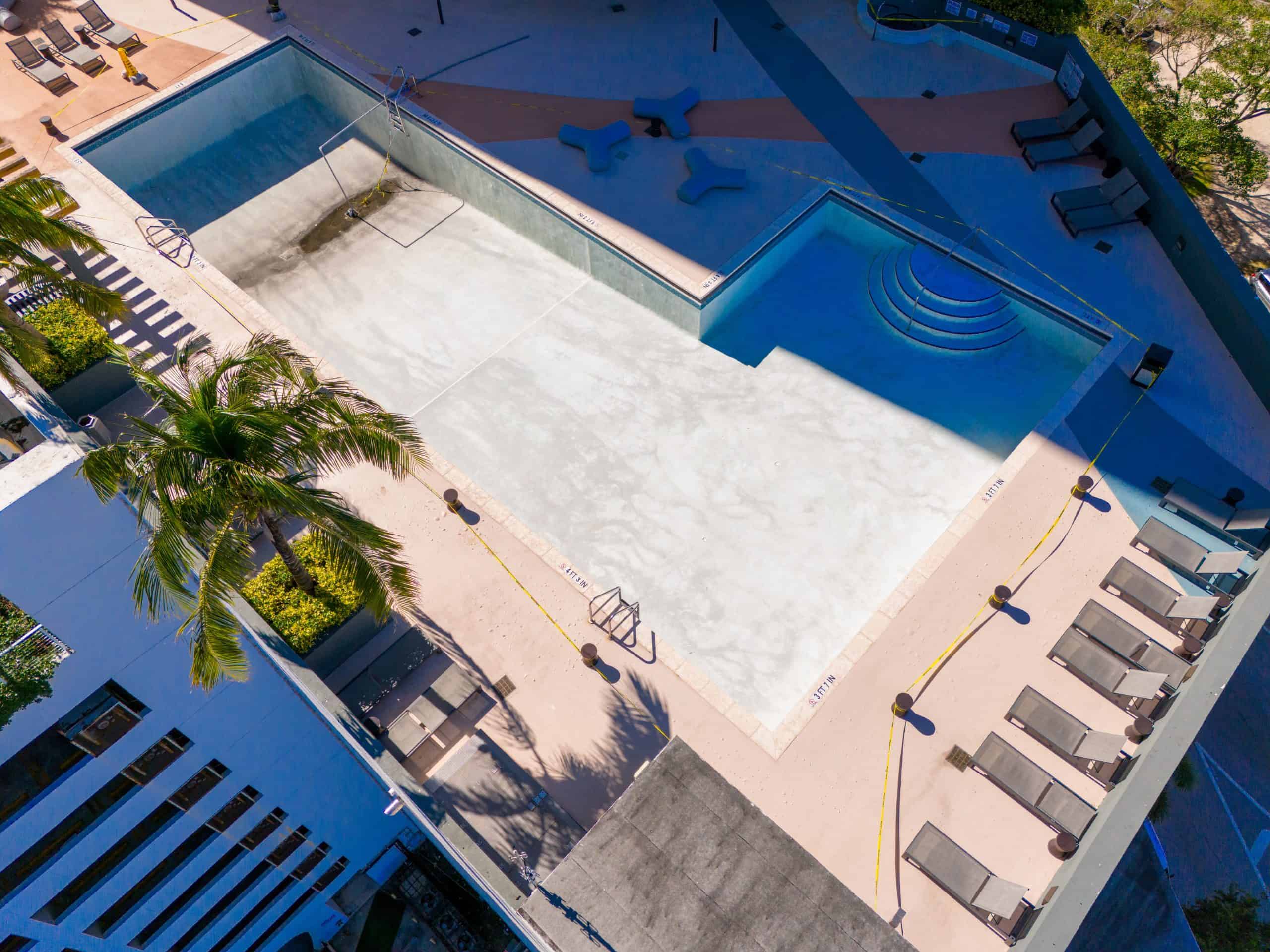Transform cracked, rough surfaces into smooth, safe swimming experiences that protect your investment and extend your pool’s life.


When your pool surface fails, everything else follows. Rough plaster tears at swimmers’ feet. Cracks become expensive leaks. Stains make your backyard look neglected.
A proper resurfacing job changes all that. You get smooth surfaces that feel good underfoot. Sealed cracks that stop water loss and structural damage. Fresh finishes that make your pool the centerpiece of your property again.
Most importantly, you get years added back to your pool’s life. Quality resurfacing isn’t just about looks—it’s about protecting the significant investment sitting in your backyard.
We’ve been serving Broward County pool owners who understand that proper maintenance requires professional expertise. We’re not the cheapest option, and that’s exactly why smart pool owners choose us.
Our team holds CPO certification, ensuring every resurfacing project meets industry standards for safety and durability. We’ve seen what Florida’s climate does to pool surfaces—the relentless sun, sudden storms, and year-round use that accelerates wear.
That’s why we focus on upfront pricing, clear timelines, and finishes that can handle what South Florida throws at them. When you’re ready for resurfacing done right the first time, you know where to find us.

First, we drain your pool completely and assess the existing surface condition. This tells us what repairs are needed before we can apply new finish materials.
Next comes surface preparation—removing old plaster, repairing cracks, and ensuring the underlying structure is sound. This step determines how long your new surface will last.
Then we apply your chosen finish, whether that’s traditional plaster, aggregate, or specialty materials like Diamond Brite or Pebble Tec. Each application follows manufacturer specifications and our own quality standards.
Finally, we refill your pool and balance the water chemistry. Most projects take 5-7 days from start to finish, with an additional 7-10 days for proper curing before you can swim.

Ready to get started?
Every resurfacing project starts with complete surface evaluation and necessary structural repairs. We don’t just cover up problems—we fix them.
You get your choice of finish materials, from economical plaster to premium aggregate surfaces that resist stains and last longer. We’ll explain the differences so you can make the right decision for your budget and usage patterns.
Here in Kendall Green, we see pools that get used year-round, which means your surface takes constant abuse from chemicals, sun, and swimmers. That’s why we recommend finishes that can handle Florida’s demanding conditions while maintaining their appearance over time.
All work includes proper water balancing after refill, because improper chemistry can damage even the best resurfacing job. We make sure you start with a clean slate.

Ready for a Pool You'll Love?
Contact us today for a free quote!
DCP Pool Services
Company
Useful Links